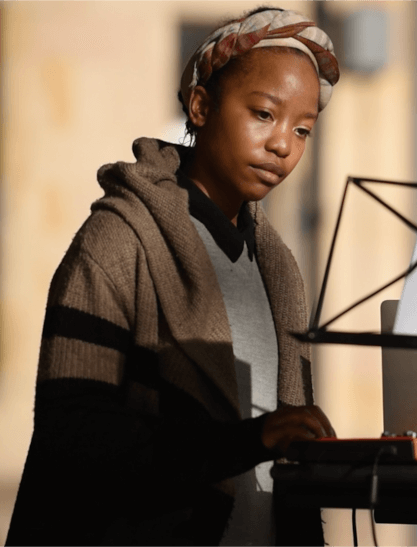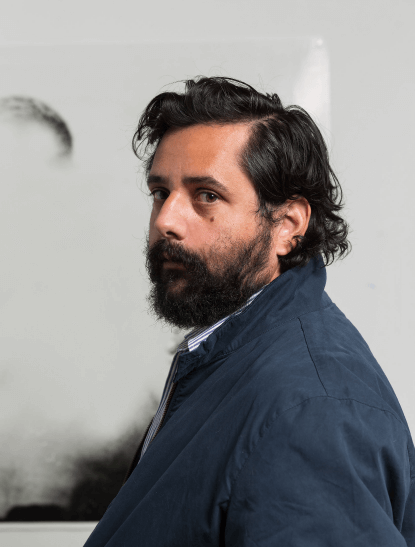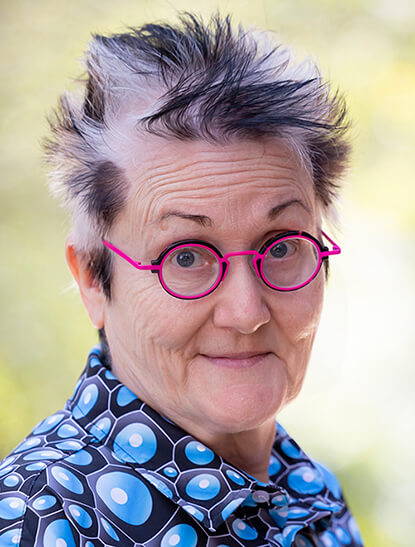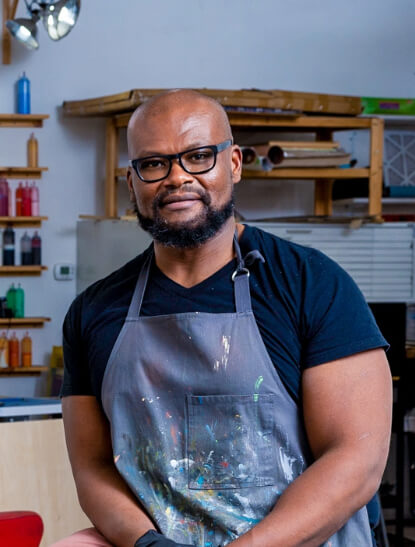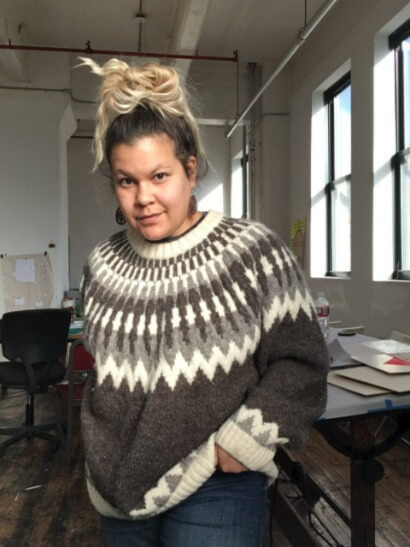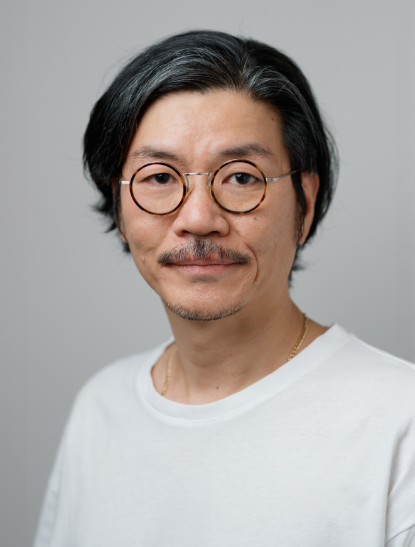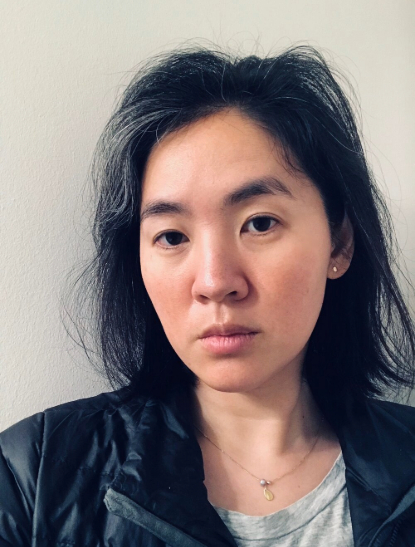The Department of Art & Design’s bachelor of fine arts (BFA) 87-credit program is for students who want to become professional artists and who wish to pursue their specific professional goals within the stimulating intellectual climate of Rutgers University. The education offered by Mason Gross School of the Arts differs from an art school program that focuses exclusively on studio skills. At Mason Gross, studios and seminar discussions together confront students with a wide range of techniques, materials, visual languages, and cultural issues. Creation and critical analysis go hand in hand.
Mason Gross School of the Arts offers the following BFA degrees:
- BFA in visual arts
- BFA in design
- Minor in Animation for BFA Majors
BFA Coursework
Foundation Courses
Foundation courses introduce the techniques and materials as well as the artistic and cultural questions of contemporary practice. Intermediate and advanced courses provide specific training in the area of concentration: design, drawing, media, painting, photography, print or sculpture. Studies culminate in the final year BFA thesis exhibition in the Mason Gross Galleries.
All BFA students are required to take four 4-credit foundation courses in studio. Students are expected to complete their foundation courses within the first year of study.
Studio Electives
Studio courses in any Art & Design discipline outside of the student’s chosen concentration serve as studio electives. In addition, studio electives may be related to the student’s concentration. Various 3-credit cross-listed courses outside of Art & Design, chosen for their relevance to artistic practice, may be taken as studio electives.
Seminar Course
Students must complete a seminar course in their chosen concentration to enhance their historical knowledge of that field.
Thesis and Exhibition
In the senior year, BFA students take a two-semester “Thesis and Exhibition” course (part A in fall term, part B in the spring term). The fall semester of thesis enables students to place their studio work within the context of contemporary issues in art and design, and to consider their own work in the setting of a public exhibition. During the spring semester of thesis year, students work in groups to plan, organize, publicize, install and de-install the BFA thesis exhibitions in the Mason Gross Galleries.
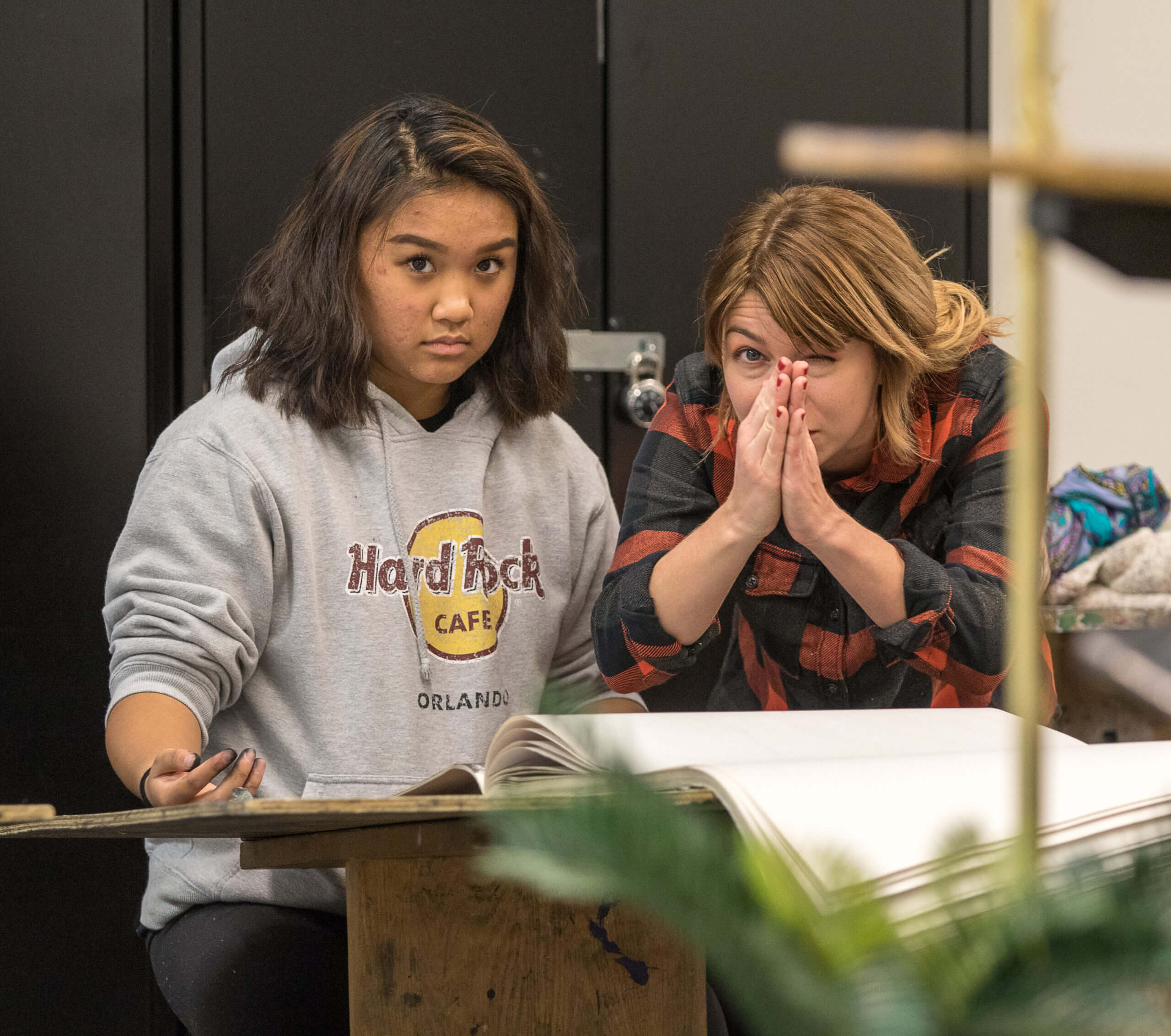
BFA in Visual Arts
For the BFA in visual arts, students choose a concentration in one of six areas: drawing, media, painting, photography, print, and sculpture. Students take three year-long, two-semester studio courses and complete a 3-credit seminar within their chosen concentration area. Students declare their concentration by the end of the second year of study, at their sophomore review or at their transfer review, usually in December of their first term at Mason Gross. Students may opt to double concentrate or do a hybrid concentration with approval by two faculty members and guidance of the undergraduate advisor.
Students are required to take one art history or critical studies elective as a requirement toward the BFA major. This elective should be carefully chosen to enhance their knowledge of their chosen concentration.
“Visual Arts Practice” involves supervised practical experience within the Department of Art & Design studios, computer or photography labs, galleries, or in artistic organizations or contexts across the University and in the wider community. One credit is given for 42 hours of practice (on average 3 hours/week) and is graded as Pass/No Credit. Students arrange their visual arts practice with both the practice supervisor and Associate Chair.
Learning Goals of the BFA in Visual Arts
What students will know:
Upon graduation, students will possess the knowledge and skills to adapt and hone their craftsmanship to become skilled makers and creators; adapt and hone practical and transferable skills across disciplines in and outside of the arts; engage ideas within their practice by critically analyzing art, visual culture, and culture/society at large; engage and explore material culture; develop independent, self-initiated research and artistic projects; find creative solutions to problems; experiment, take risks, and continue to develop artistically.
What students will do:
Upon graduation, our students will be able to create and communicate visually through formal and conceptual means; maintain self-driven studio practices; initiate, research, and complete independent, self-driven artistic and creative projects and bodies of work; survey, research, prepare and apply for MFA programs, artists residencies, and fellowships; continue scaffolding and developing new skill acquisitions in a variety of media; and forge and support an artistic community.
What students will value:
Upon graduation, our students will have learned to value material and technical experimentation; interdisciplinary research to inform creative work; disciplinary depth through focus on a given artistic medium; cultural literacy and understanding of the cultural context for their work; creativity and the ability to “think out of the box”; comfort with risk-taking, challenges, missteps, and constructive listening; the depth and connections between art history, material culture, and their practice; breadth and diversity of artists and artistic practices; inclusivity as foundational for learning, growth, and artistic thriving; the building of community, collaboration, and connections; mentorship and a pedagogical community of learners and teachers; the shaping of contemporary culture; engaging the world with a sense of curiosity and compassion as artist-citizens; envisioning possibilities for a new world through art; thinking with subtlety and nimbleness; and professional flexibility.
Career Outcomes
This degree program could lead to careers in every level of the arts, including:
- Working in a museum as educator, docent, or staff
- Working in a gallery as gallerist, director, co-director, archivist, assistant, head preparator, art handler
- Working as a professional artist
- Independent curation
- Arts education
- Teaching in private schools
- Working in an arts non-profit organization
- Professional photography
- Professional design
- Preparation for additional study in art therapy
- Arts management
- Arts administration
- Creative direction
Students explore drawing as a discipline with its own history, traditions, and materials, as well as one where boundaries are fluid enough to include the diverse media and conceptual approaches embraced in contemporary practice. Emphasis is placed on students developing personal visual languages with which to explore their interests and goals as artists in the 21st century.
Learn more about our drawing area
Faculty
Through creative exploration of video, audio, animation, interactivity, and art for the web as well as installation and performance, students in the media program develop a strong foundation in technical proficiency in the context of historical and theoretical research in technology, art, and contemporary culture. Media graduates will be able to enter a diversity of professional fields as they maximize their artistic potential and become creative problem solvers.
Learn more about our media area
Faculty
The painting curriculum is structured around a deep and rigorous engagement with the practice of painting. Students are challenged to explore the interwoven historical, material, formal, and conceptual aspects of the medium. Drawing on a range of technical approaches and historical models, including its relationship to other art forms, students are immersed in painting culture to develop and strengthen their individual artistic voices.
Learn more about our painting area
Faculty
Through the study of photographic technique, the history of photography, and the critique of images, the photography curriculum emphasizes development of a personal voice. In the first year, students are introduced to photography through 35mm, 4×5, and other film cameras and the analog darkroom. The second year is devoted to digital photography, and the third year concentrates on portfolio development and preparation for the thesis exhibition. Optional advanced courses enable students to expand their practice of photography.
Learn more about our photography area
Faculty
Students in the print program explore a full range of printmaking processes including silkscreen, woodcut, linocut, reduction printing, intaglio, lithography, digital printing, and letterpress as well as paper making and creating handmade books. Students study the history of print, paper, collaboration, and criticism. Courses encourage students to combine print mediums, and artistic development is addressed through individual and group critiques and the collaborative studio.
Learn more about our print area
Faculty
The sculpture program is devoted to the process of developing three-dimensional forms through the use of traditional and nontraditional materials. Curriculum and coursework are designed to provide students with a strong foundation in a range of technical skills and processes and to challenge more advanced students to develop their own personal voice. Emphasis is placed within the context of contemporary art practice and in recognition of historical developments.
Learn more about our sculpture area
Faculty
Foundation courses introduce the techniques and materials as well as the artistic and cultural questions of contemporary practice.
Faculty
BFA in Design
Design studies at Mason Gross School of the Arts are grounded in graphic design and interaction design, reflecting the rapidly evolving nature of visual communication and technology. Students gain expertise in developing innovative ways of communicating ideas in a wide range of concrete and dynamic media. They acquire skills in typography, publication design, coding, and data visualization, while shaping content and form in both speculative and real-world situations.
The program encourages experimentation and a critical engagement with contemporary culture, equipping students for a lifetime of practice as digital and/or print designers. The curriculum prepares graduates to contribute to shaping the future direction of design. For design students, a capstone course will require students to shape a body of self-initiated work in their final year that becomes public, whether in the form of website, book, an app, or other appropriate format.
Learning Goals of the BFA in Design
What students will know:
Upon graduation, students will possess the knowledge and skills to design for a variety of media including print, time-based, interactive, and spatial, effectively matching media to content; deploy typography, imagery, and other visual language for both print and screen environments; design systems such as websites, software, publications, identities and environments; employ critical language for analyzing and evaluating their own and others’ design work; nurture cultural literacy of historical and contemporary design, society, and culture.
What students will do:
Upon graduation, our students will be able to work effectively in a team, with colleagues, industry professionals, and organizations; investigate and understand project goals and outcomes; define constraints and design strategies; conduct interdisciplinary research; revise, iterate, and refine projects until designs are suitable to publish; present ideas visually and verbally to commissioners and collaborators; survey, research, prepare, and apply for MFA programs, artists residencies, and fellowships.
What students will value:
Upon graduation, our students will have learned to value learning through making; creative experimentation; comfort with risk-taking, challenges, and missteps; evolving with technology by adopting new tools; interdisciplinary research to inform creative work; collaboration with makers and non-makers; cultural literacy and understanding of the cultural context for their work; instilling habits of lifelong learning, change and growth; design’s role in environmental and social justice; inclusivity as foundational for learning, growth, and thriving creatively and artistically; a critical stance in their design dialogue; and professional flexibility.
Career Outcomes
This degree program could lead to careers in:
- Graphic design
- Digital product design
- User experience design
- User interface design
- Design research
- Art direction
- Creative direction
Concentration Requirements (87 credits)
- Foundation studio requirements (16 credits)
- Concentration courses (40 credits)
- Studio courses (24)
- Two seminars in design (6)
- Design practicum or internship (4)
- Thesis A and Thesis B (6)
- Studio electives (31 credits)
Design studio courses emphasize context and audience in formats including posters, books, identities, mobile applications, and websites.
In upper-level courses, students undertake real-world assignments that hone their sense of design in the everyday via an internship or practicum. Technically, students develop a grasp of the limitations and possibilities of a wide range of software and hardware. Seminar courses promote an understanding of design history and key issues and debates in contemporary practice.
Students are required to take one additional academic elective (3 credits) chosen from a list of university courses, provided by the design faculty and relevant to design study or to a student’s interest area, such as The Structure of Information [04:189:152], Social Media and Participatory Culture [04:567:275], Architectural Design [11:550:133], Media and Popular Culture [04:567:333]. View a full list of liberal arts requirements for BFA design students.




